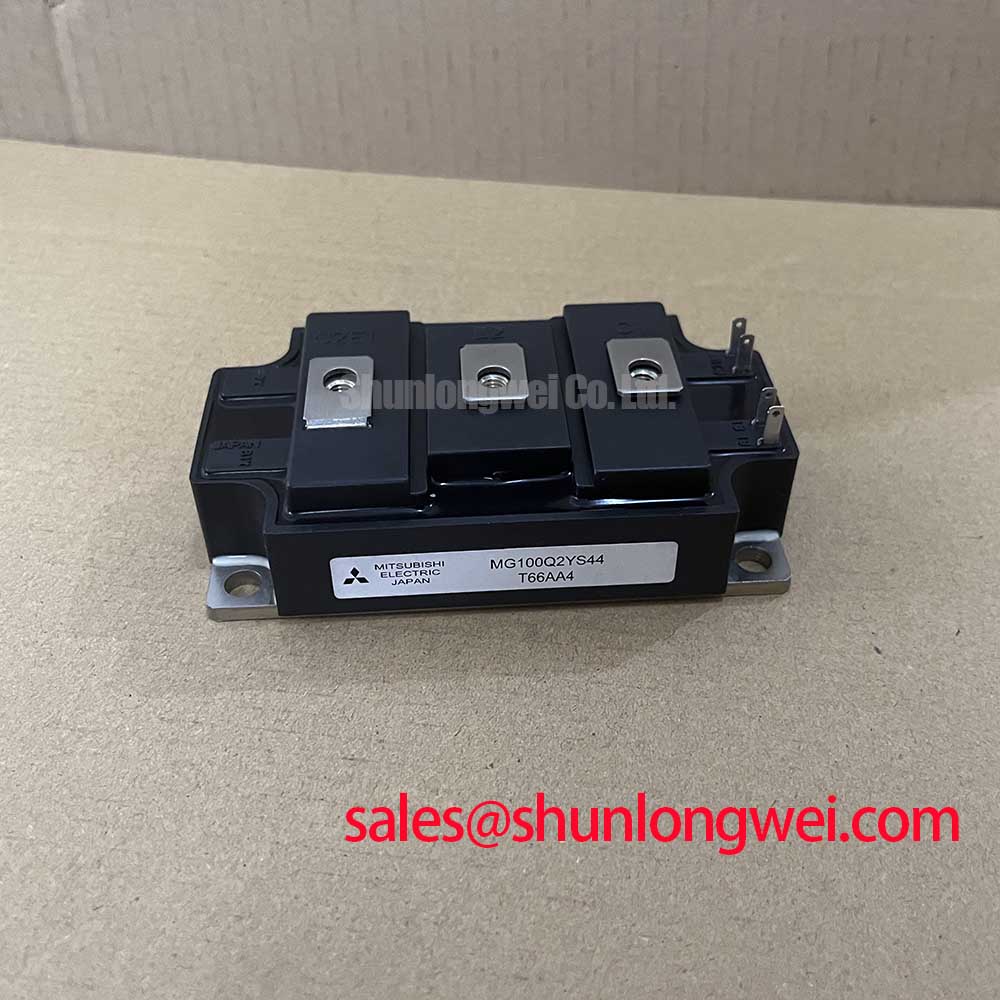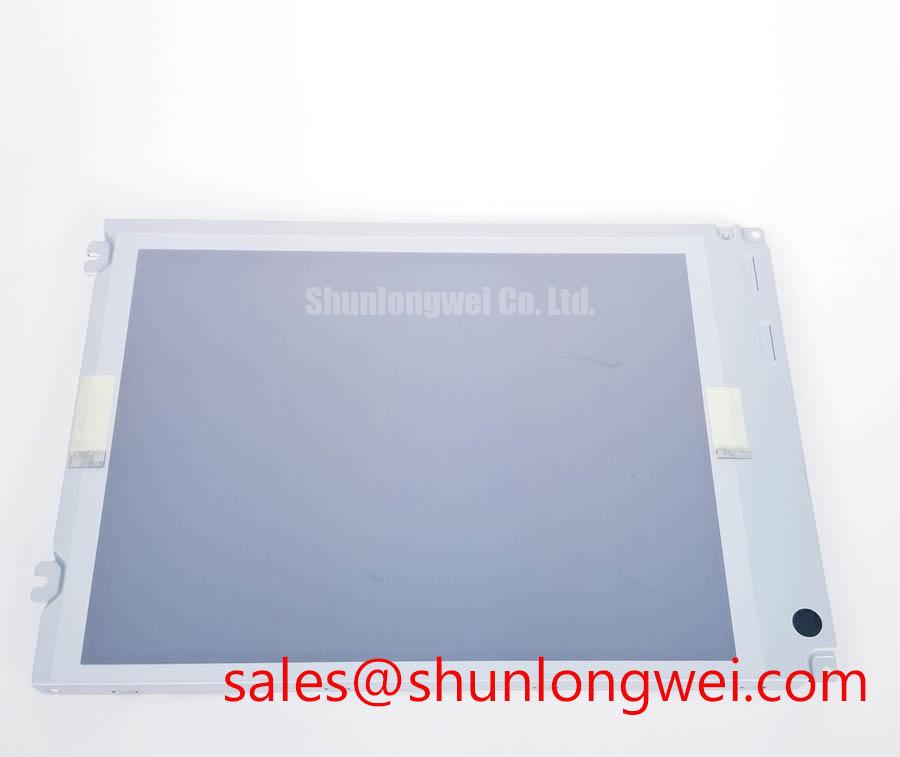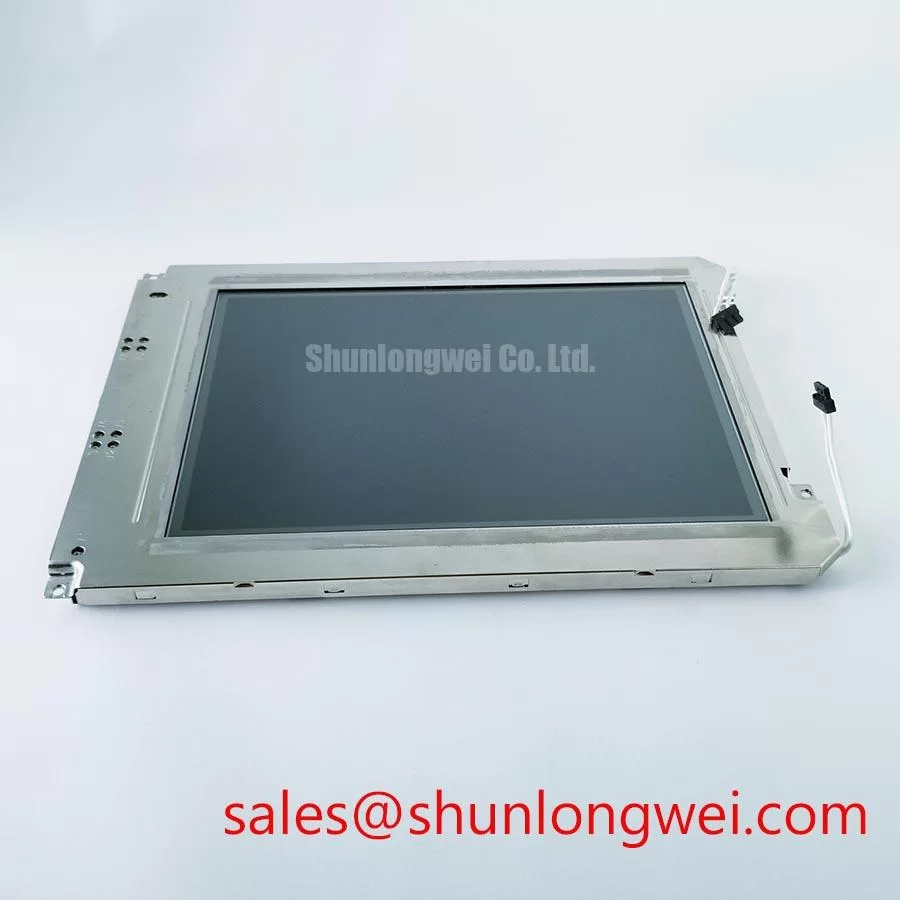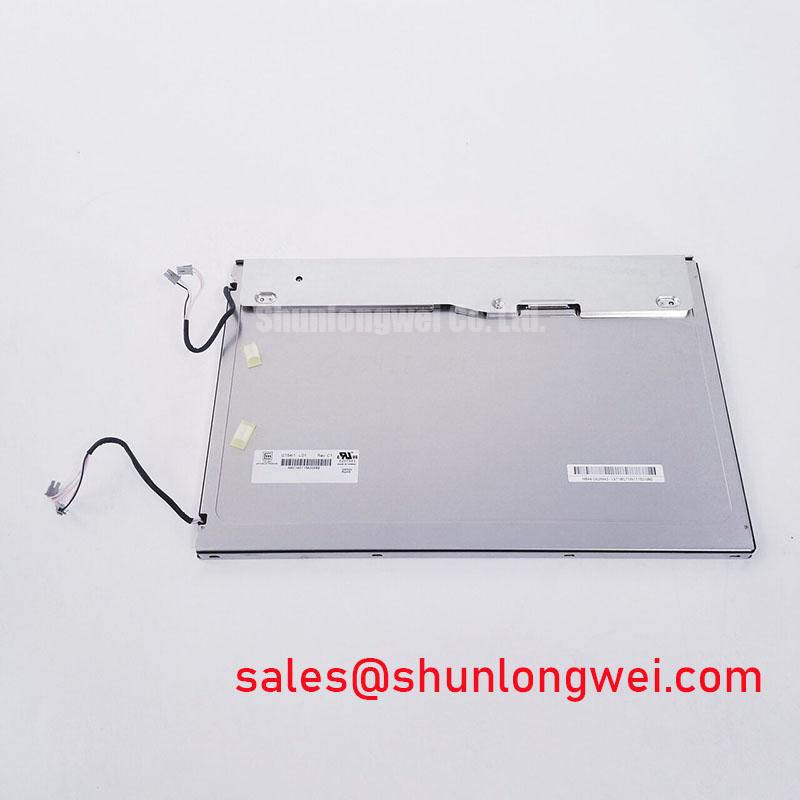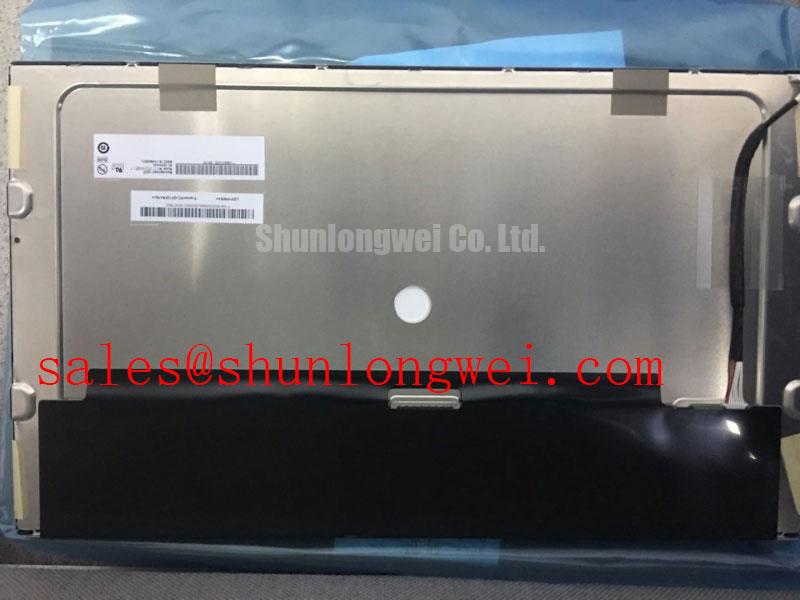Toshiba MG100Q2YS44: Engineering Analysis of a 1200V 100A Half-Bridge IGBT Module
Content last revised on October 12, 2025.
The Toshiba MG100Q2YS44 is a robust N-Channel IGBT module engineered for reliability in demanding power conversion systems. Its core value proposition is delivering a balanced performance profile that simplifies the design of industrial inverter legs. Featuring key specifications of 1200V | 100A | VCE(sat) 2.7V (max), this module provides two critical engineering benefits: a simplified power stage layout and a predictable thermal management path. It directly addresses the need for a durable, integrated solution capable of handling the operational stresses within industrial motor drives and power supplies. For three-phase motor drives operating on 400V-480V lines, the MG100Q2YS44's 1200V rating offers a dependable safety margin for handling DC bus voltage fluctuations.
Application Scenarios & Value
System-Level Benefits in Industrial Inverter and Drive Systems
The MG100Q2YS44 is primarily engineered for medium-power industrial applications where long-term reliability is paramount. Its integrated half-bridge topology makes it a cornerstone component for building the power stages of Variable Frequency Drives (VFDs), servo drives, and uninterruptible power supplies (UPS). What is the primary benefit of its integrated design? Reduced parasitic inductance, which mitigates voltage overshoot and ringing during high-speed switching.
Consider the design challenge of a 30-40 kW three-phase inverter. Using discrete components requires meticulous PCB layout to minimize the stray inductance between the two IGBTs forming an inverter leg. The MG100Q2YS44 inherently solves this by placing both IGBTs and their anti-parallel diodes in a single, optimized package. This simplification not only reduces design cycle time but also enhances system reliability by minimizing a common cause of device failure. The module's robust 2500V isolation voltage further ensures safe operation in electrically noisy industrial environments, a critical requirement for systems adhering to standards like IEC 61800.
For systems requiring higher current handling within a similar voltage class, the related MG150Q2YS50 offers a 150A capability in a compatible package format.
Key Parameter Overview
Translating Specifications into Real-World Performance Metrics
The technical specifications of the MG100Q2YS44 provide a clear picture of its performance capabilities. The following table highlights key parameters and their direct engineering implications, moving beyond mere numbers to functional value.
| Parameter | Value | Engineering Interpretation & Impact |
|---|---|---|
| Collector-Emitter Voltage (VCES) | 1200 V | Provides a substantial safety margin for inverters operating on 400V/480V AC lines, protecting against voltage spikes on the DC bus. |
| Collector Current (IC) | 100 A (DC) | Defines the maximum continuous current handling capability, suitable for medium-power motor drive and inverter applications. |
| Collector-Emitter Saturation Voltage (VCE(sat)) | 2.7 V (Max) @ IC=100A | Dictates the primary on-state power loss (conduction loss). This value is critical for calculating heat dissipation and designing the thermal management system. |
| Turn-on / Turn-off Time (ton / toff) | 0.5 µs / 0.9 µs (Typ) | Determines the switching losses, which become significant as PWM switching frequency increases. These values indicate a balance between efficiency and controlled switching behavior. |
| Thermal Resistance (Rth(j-c)) | 0.25 °C/W (IGBT) | A critical metric for heatsink selection. It quantifies how efficiently heat can be transferred from the semiconductor junction to the module's case. |
| Isolation Voltage (Visol) | 2500 Vrms (1 min) | Ensures high electrical isolation between the power circuit and the mounting baseplate, crucial for operator safety and control circuit integrity. |
Download the MG100Q2YS44 datasheet for detailed specifications and performance curves.
Frequently Asked Questions (FAQ)
Engineering Inquiries on the MG100Q2YS44 Module
How does the 2.7V maximum VCE(sat) of the MG100Q2YS44 influence thermal design?
The VCE(sat) value is a direct input for calculating conduction losses (P_cond = VCE(sat) * IC * Duty Cycle). A higher VCE(sat) means more heat is generated during the on-state. For this module, at 100A, a designer must account for up to 270W of conduction loss per switch at 100% duty cycle, which dictates the required performance of the heatsink and airflow to keep the junction temperature below its maximum rating of 150°C.
What is the practical impact of the MG100Q2YS44's switching times (ton=0.5µs, toff=0.9µs) on application design?
These moderate switching speeds represent a deliberate design trade-off. They are fast enough for efficient operation in typical industrial motor drive PWM frequencies (e.g., 5-15 kHz) while helping to control dv/dt and di/dt rates. This reduces electromagnetic interference (EMI) and voltage stress on motor windings, potentially simplifying the requirements for output filters and robust gate drive circuit design.
What are the main advantages of using the integrated half-bridge MG100Q2YS44 over two discrete IGBTs?
The primary advantages are reduced stray inductance, simplified assembly, and guaranteed thermal and electrical matching between the two internal devices. Lower inductance leads to less voltage overshoot during switching, improving reliability. Simplified assembly reduces manufacturing time and cost.
Is the MG100Q2YS44 suitable for high-frequency applications like resonant converters?
While functional, it may not be the most efficient choice for very high-frequency designs (>> 20 kHz). Its switching losses, derived from its turn-on and turn-off characteristics, would become the dominant loss factor, impacting overall system efficiency. The module is optimized for the low-to-mid kHz range typical of industrial inverters.
How does the 2500V isolation voltage contribute to system safety in industrial environments?
The 2500Vrms isolation rating creates a robust dielectric barrier between the high-voltage power terminals and the module's metal baseplate, which is typically mounted to a grounded heatsink. This prevents high voltage from reaching the chassis in the event of an internal fault and protects low-voltage control circuits from damaging interference, ensuring the system meets stringent industrial safety standards.
Technical Deep Dive
Analyzing the Conduction vs. Switching Loss Trade-Off
In any IGBT Module design, there is an inherent trade-off between conduction losses (related to VCE(sat)) and switching losses (related to Eon and Eoff). The MG100Q2YS44 is engineered to strike a pragmatic balance optimized for industrial frequency ranges. Its 2.7V VCE(sat) is a known quantity that defines a baseline for heat generation. The switching energies, though not explicitly listed as Eon/Eoff in this specific datasheet revision, are reflected in the moderate switching times.
What does this balance mean for the engineer? It implies that the device is not tailored for cutting-edge, high-frequency applications where every nanosecond of switching speed is critical. Instead, it is designed for predictability and robustness. The controlled switching characteristics help prevent issues like excessive voltage ringing and EMI that can arise with ultra-fast IGBTs, often simplifying the gate drive and snubber circuit design. This design philosophy prioritizes system-level reliability and ease of implementation over chasing the lowest possible switching loss figure, a value proposition that resonates strongly in the industrial sector.
An Engineer's Perspective on Implementation
From an implementation standpoint, the MG100Q2YS44 presents a straightforward path to developing a reliable power stage. Its standard industrial footprint, integrated half-bridge layout, and well-documented performance remove significant design guesswork. The key to successful integration is pairing it with a capable gate drive that provides clean ±15V signals and designing a thermal solution that adequately accounts for the predictable losses calculated from its VCE(sat) and switching characteristics. This module is a workhorse component, not a specialty device, making it an excellent choice for mainstream industrial power conversion projects.

